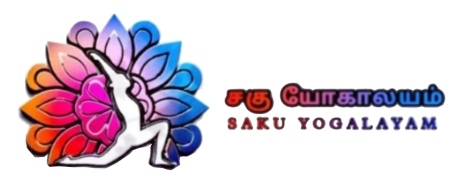
Uses of Padmasana
Rheumatism and bile nerves will be cured
Strengthens the spine
Improves digestion and relieves stomach problems
Padmasana, also known as Lotus Pose, is a revered seated asana in yoga that symbolizes purity and spiritual awakening. To practice Padmasana, begin by sitting on the floor with legs extended. Bend one knee and place that foot on the opposite thigh, then do the same with the other leg. The soles of the feet face upward, and the feet rest on the inner thighs. The spine should be straight, and hands can be placed on the knees or in a meditative mudra. This pose promotes physical stability and mental tranquility, making it ideal for meditation and deepening one’s spiritual practice.
Physically, Padmasana stretches the hips, knees, and ankles, enhancing flexibility and strength in these areas. It helps to align the spine and improve posture, which is crucial for prolonged meditation and contemplation. The seated position encourages relaxation and steadiness, allowing for deeper breathing and mental focus. Regular practice of Padmasana can also aid in relieving lower back pain and improving overall circulation, contributing to physical well-being.
On a spiritual level, Padmasana represents a state of inner peace and enlightenment. The pose helps to calm the mind and create a sense of stillness, making it easier to enter a meditative state. By practicing Padmasana, practitioners cultivate a sense of grounding and connection to their inner selves, facilitating a deeper exploration of consciousness and spiritual growth. It is often used as a foundation for meditation practices, fostering a serene environment for introspection and self-discovery.

